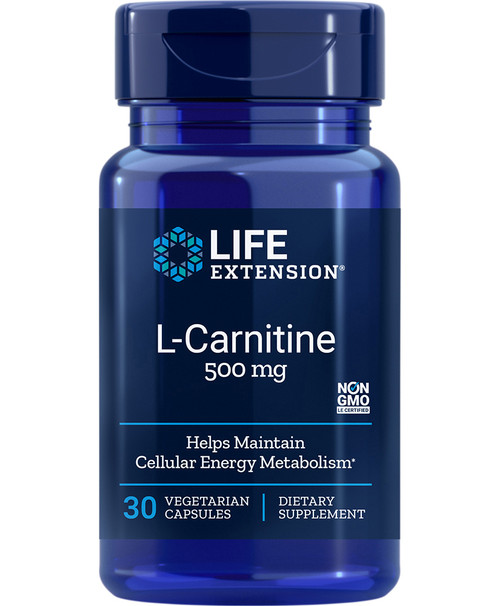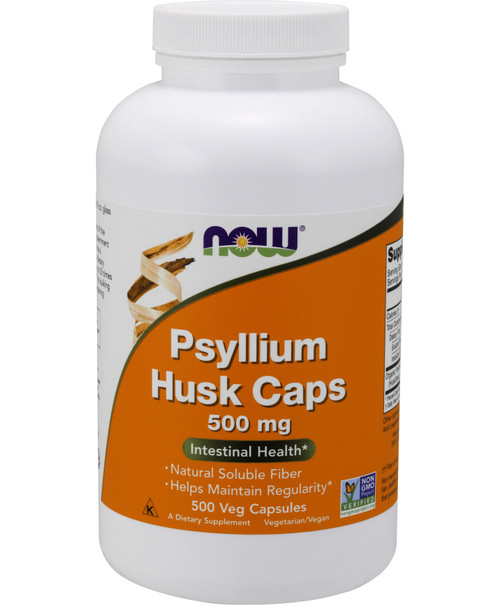
Product Description
Blue 1 - Blueberin
Blue 1 contains Blueberin concentrated extract of Blueberry leaf. In trials Blueberin lowered fasting glucose and inhibits oxidative damage to blood vessels. Blueberin can help protect the arteries from plaque build-up.
Supplement Facts
Serving Size: 1 Daily
Servings Per Container: 30
| Amount Per Serving | % Daily Value | |
|---|---|---|
| Blueberry leaf extract containing Blueberin | 500 mg | † |
†Daily Value not established.
Actions & Indications
Blue 1
30 Capsules
Actions
- Helps support metabolic homeostasis
- Helps maintain optimal blood plasma glucose levels
- Promotes cardiovascular health
Other Ingredients: Vegetable cellulose (hypromellose); Vegetable Stearic Acid; Microcrystalline Cellulose and Vegetable Magnesium Stearate.
Does not contain: Wheat, gluten, soy, milk, eggs, fish, crustacean shellfish, tree nuts, peanuts
Suggested Use:
1 Capsule daily
Caution: none noted
Warning: none noted
Key Ingredients
Blueberin from Blueberry leaf
This research article demonstrates how blueberries and blueberry leaf extract (blueberrin) prevent plaque build-up in arteries, thereby reducing vascular-cardio diseases
Different effect of anthocyanins and phenolic acids from wild blueberry (Vaccinium angustifolium) on monocytes adhesion to endothelial cells in a TNF-α stimulated pro-inflammatory environment
Monocyte adhesion to the vascular endothelium is a crucial step in the early stages of atherogenesis. Atherosclerosis (also known as arteriosclerotic vascular disease or ASVD) is a specific form of arteriosclerosis in which an artery-wall thickens as a result of invasion and accumulation of white blood cells (WBCs) (form cell) and proliferation of intimal-smooth-muscle cell creating a fibrofatty plaque.
A study by Del Bo et al., investigated the capacity of an anthocyanin (ACN) and phenolic acid (PA)-rich fraction (RF) of a wild blueberry, single ACNs (cyanidin, malvidin, delphinidin) and related metabolites (protocatechuic, syringic and gallic aid) to counteract monocytes (THP-1) adhesion to endothelial cells (HUVECs) in a tumor necrosis α (TNF-α) mediated pro-inflammatory environment.
HUVECs were incubated with different concentrations (from 0.01 to 10μg mL-1) of the compounds for 24h. Labelled monocytic THP-1 cells were added to HUVECs and their adhesion was induced by TNF-α (100 ng mL-1). ACN-RF reduced THP-1 adhesion to HUVECs with a maximum effect at 10μg mL-1 (-33%). PA-RF counteracted THP-1 adhesion at 0.01, 0.1 and 1μg mL-1 (-45%, -48.7% and -27.6%, respectively), but not at maximum concentration. Supplementation with gallic acid reduced THP-1 adhesion to HUVECs with a maximum effect at 1μg mL-1 (-29.9%), while malvidin-3-glucoside and syringic acid increased the adhesion. No effect was observed for the other compounds.
These results suggest that ACNs/PA-RF may prevent atherogenesis while the effects of the single ACNs and metabolites are controversial and merit further exploration
Reference
Del Bo C, Roursgaard M, Porrini M, et al. Molecular Nutrition & Food Research DOI: 10.1002/mnfr.201600178
Effect of Blueberin on fasting glucose, C-reactive protein and plasma aminotransferases, in female volunteers with diabetes type 2: double-blind, placebo controlled clinical study.
Abidov M, Ramazanov A, Jimenez Del Rio M, Chkhikvishvili I. Georgian Med News. 2006 Dec;(141):66-72.
Institute of Immunopathology, Center of Modern Medicine, Russian Academy of Natural Sciences, Moscow, Russia
In a 4-week randomized placebo-controlled clinical trial we investigated the effect of 300 mg Blueberin, a phytomedicine containing 250 mg Blueberry leaves (Vaccinium arctostaphylos L, Ericaceae) extract providing minimum 50 mg 3,4-caffeoylquinic (chlorogenic) acid, and 50 mg myricetin, on fasting plasma glucose, alanine aminotransferases (ALT), aspartate aminotransferases (AST), glutamyltransferase (GGT) enzymes levels, and serum inflammatory C-Reactive proteins (CRP) in forty-two volunteer subjects (46+/-15 year of age, BMI 25+/-3 kgs/(m2)) diagnosed with Type 2 diabetes. During the 4-week trial, the Blueberin supplement was administered three times per day, 15-30 minutes prior to a meal along with 100 ml of water. Results of this trial revealed that the supplementation of Blueberin reduced fasting plasma glucose from 143+/-5,2mg/L to 104+/-5,7 mg/L (p0,001), whereas there was no statistically significant changes in the Placebo group from 138+/-4,8 mg/L to 126+/-5,1mg/L (p0,05). The reduction of fasting glucose was correlated with the reduction of serum CRP and in the Blueberin group from 5,18+/-1,4 mg/l to 2,14+/-1,8 mg/L (p0,05), whereas in the Placebo group CRP levels were not significantly reduced from 5,11+/-1,7 mg/l to 4,94+/-1,1mg/L (p0,05). Furthermore, the Blueberin also significantly reduced the levels of plasma enzymes ALT, AST and GGT, indicating that, in addition to anti-diabetes effects, the Blueberin also possess pharmacologically relevant anti-inflammatory properties.












